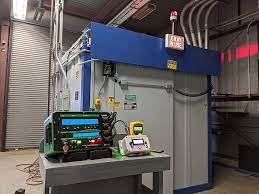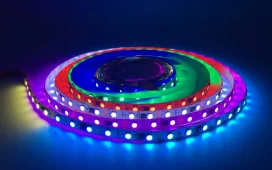Liner integrity testing is a cost-effective way to prevent problems with your facility’s containment system. Liner integrity testing can help identify when geomembrane liners are no longer working as intended and help identify areas of concern or weakness in your infrastructure.
Test the integrity of both new and existing geomembrane liners.
The most important thing to do is test the integrity of both new and existing geomembrane liners.
You should also test your entire containment system, including:
- The liner itself (new or old)
- The subgrade, if any.
Verify design and installation quality
When designing and installing liners, it is essential to verify that they are installed correctly. This means verifying the liner’s integrity, which can be done by testing for leaks or other damage. Also, ensure that your design meets code requirements and specifications in your state or local jurisdiction.
Validate proper material selection and performance
To ensure that your liner material is performing as expected and to validate the proper selection of the appropriate material, you should perform some or all of the following tests:
- Chemical resistance. Determine whether your liner will withstand any chemicals or other substances present in an oilfield environment.
- Mechanical properties. Evaluate how well a given liner will hold up under pressure, weight, and temperature changes while being used in an industrial setting (such as offshore drilling).
- Thermal properties. Test for extreme heat or cold resistance by measuring its ability to cope with high or low temperatures for extended periods (e.g., 30 minutes).
The best way to do this is by using immersion testing equipment such as ASTM D4236-15 (Standard Test Method for Tensile Strength and Flexural Strength Using A Thermoplastic Elastomeric Sheet), which measures tensile strength according to ASTM E1456-03 Standard Specification for Testing Elastomers Under Pressure; flexural strength according.
Identify liner weaknesses
In a linear problem, it is vital to catch it early and take steps to mitigate environmental damage. This is an even more critical step if you are facing financial losses due to any failure in your liners. Identifying weaknesses before they cause environmental damage or financial losses can help prevent such problems.
By taking the time to do a thorough inspection and repair your liners, you will be able to protect your facility from future problems. It is also crucial that you keep up with regular maintenance to ensure that your liners are working as well as possible.
Evaluate the effectiveness of repair procedures.
The effectiveness of repair procedures can be evaluated by assessing whether they prevent future problems. This is done by conducting liner integrity testing on repaired liners and comparing them with test results from new liners.
Repair procedures are the best way to prevent future problems with a liner because they allow you to reroute lines and other components before they become damaged or worn down. Therefore, if your liner breaks during an operation that generally wouldn’t cause issues (such as excavation), then repairing it immediately will prevent any further damage from occurring in the future!
Conducting liner integrity testing is a cost-effective way
Conducting liner integrity testing is a cost-effective way to prevent problems with your facility’s containment system. Containment systems are designed to contain and control the spread of contaminants within an area, such as during a leak, spill or fire.
The best way to do this is through a linear integrity testing system. By installing a liner integrity testing system, you can be sure that you’re providing your facility with the highest safety and protection from hazardous materials.
Conclusion
Lining systems are a vital part of any facility’s containment system. If you want to ensure that your facility is as leak-proof and robust as possible, it is crucial that you know how well they perform in the field. By conducting liner integrity testing yourself, you can identify problems early on and take steps to fix them before they cause any damage or financial losses.



















